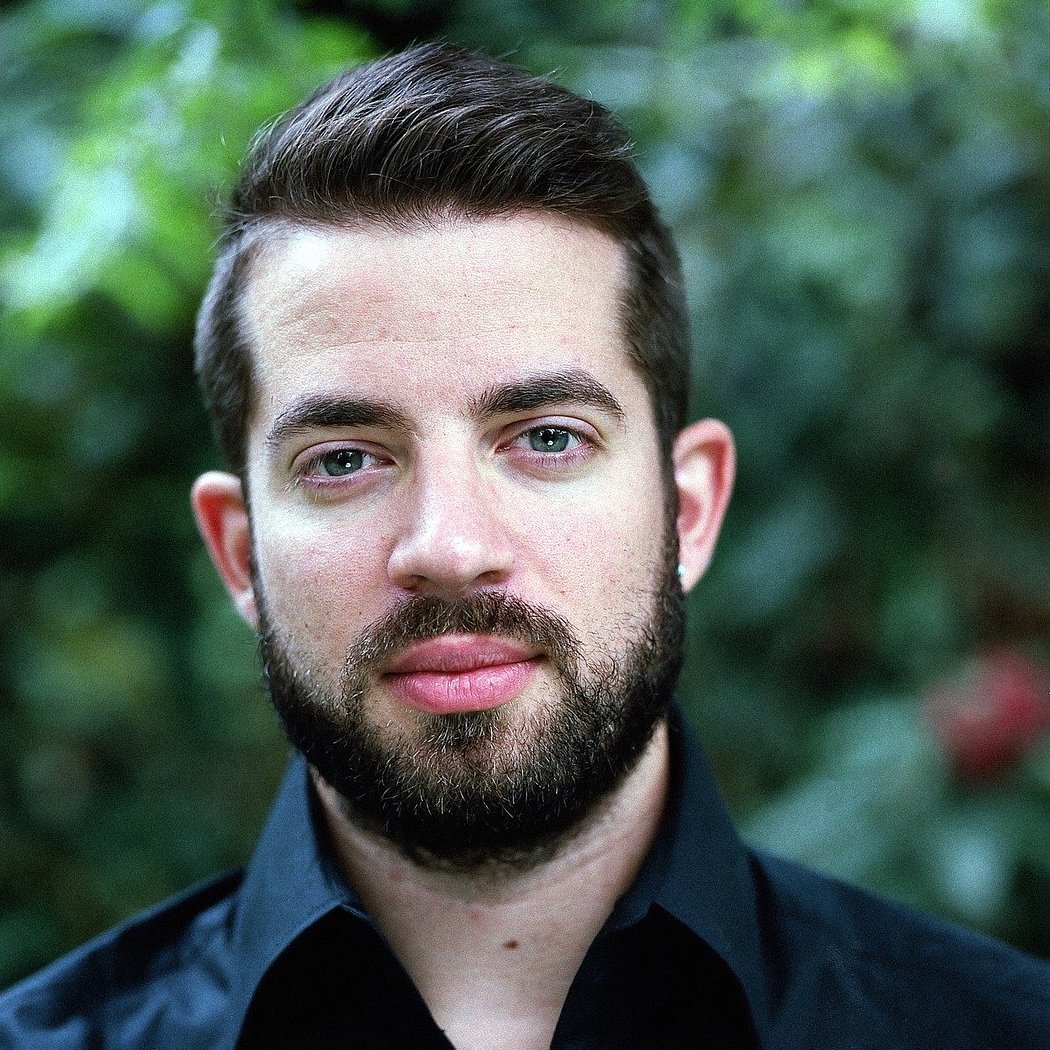The Great Conversation:
World

By Matt McKeown
"Had we but world enough, and time" for a proper treatment of such a complex subject ...
The word world means a number of different things, which are often easier to articulate in terms of what “the world” is being contrasted with. This world is the opposite of the next world, of outer space, of the pre-modern world, of the church, of alternate dimensions, and the list goes on.
Part of this complexity is inter-linguistic. A number of distinct Greek and Latin words are all conventionally translated “world” in English, across the varied disciplines of philosophy, religion, and poetry. One such word is κοσμός (kosmos), which comes from a verb meaning “to arrange, put in order, beautify” (and from which we also get the word cosmetics). “The world” in this sense is habitually contrasted with chaos, whether as a theoretical possibility or a primordial fact, and the existence of order is typically attributed to the guiding hand of some superhuman intelligence, usually but not always given the name “God.” Plato went still further than this, proposing in the Timæus that the beauty of the world implied that it was alive, since otherwise its beauty would be incomplete. Combined with Christian angelology, the neo-Platonists of the Renaissance proposed a vividly populated world on this premise, every part full of active intelligences; the angels at the edges of maps from this period are not purely decorative.
This moves the contemporary mind to the idea of extraterrestrials, and thus to another meaning of world: “other worlds” can mean “other planets,” whether in this solar system or another. The possibility that there may be intelligent life on other planets has fascinated humanity for centuries; we are most familiar with its twentieth and twenty-first century sci-fi incarnations, but the hypothesis goes as far back as the Pythagoreans. Alternatively, world can refer to our universe, i.e. the whole expanse of space that we exist in—what you could travel to in principle, if you had an arbitrary amount of time and the means to get there. This stands in contrast to what is called the “many worlds” interpretation of quantum mechanics, in which every inherently possible occurrence actually does happen in some universe (what we might call alternate dimensions), but the other worlds in this sense are inaccessible to us. They are not merely somewhere else like Jupiter, or somewhen else like the past, but something else.
Even the linked fantasies, in whose blossomy twist
I swung the earth a trinket at my wrist,
Are yielding ...Francis Thompson, The Hound of Heaven
This also links to more ancient cosmographies, like the Greek idea of Olympus, the realm of the gods, whose nature is never quite clarified as being literally atop a mountain or in some other plane of being. The Norse had a more involved and explicit picture, a ninefold world from the underworld to Asgard, all arranged around the World Tree, Yggdrasil.
From here, via Ragnarök, we may move to the concept of “the next world.” We typically associate world with a location of some kind, but it can refer to periods too, as when we speak of “the Medieval world”; the Old English ancestor of the word is were-ald, “man-age,” so the chronological use is as ancient as the spatial (and also lies behind the mysterious phrase world without end in old-fashioned prayers). “The next world” can refer either to our existence after death, or, in many religious contexts, to the world that comes after the Last Judgment; the distinction between the two is not always clear, nor are either always firmly distinguished from “the kingdom of heaven.”
These concepts all also bleed into many of the conventions about cloistered religious life in the Orthodox and Catholic Churches. While some orders devote themselves to charity, teaching, and so forth (such as Franciscans or Jesuits), hermits and the “contemplative” orders (such as Cistercians) normally withdraw from all secular affairs, classifying them as “the world”; the community of Mount Athos have been one of the most famous centers of monasticism in Europe for centuries, and are among the most resolutely isolated in history. This conception was influenced by, and in turn influenced, the three great sources of temptation derived from the New Testament, namely the world, the flesh, and the devil. Yet this exists in tension with the first meaning we discussed, too: St. John is the traditional author of both “Love not the world” and of “God so loved the world”.
Suggested reading:
Lucretius, The Nature of Things
St. Augustine, The City of God
Völuspá
Galileo, Dialogue Concerning the Two Chief World Systems
H. P. Lovecraft, The Whisperer in Darkness
Isaac Asimov, The Last Question
___________________________________________________________________________________
If you liked this piece, take a look at some of our other material here at the Journal, like this author profile of James Madison, this “Great Conversation” piece on the idea of evolution, or this student essay about Shakespeare’s depiction of Mark Antony. Be sure to check out our weekly podcast, Anchored, and sign up for our Journey Through the Author Bank seminar series too!